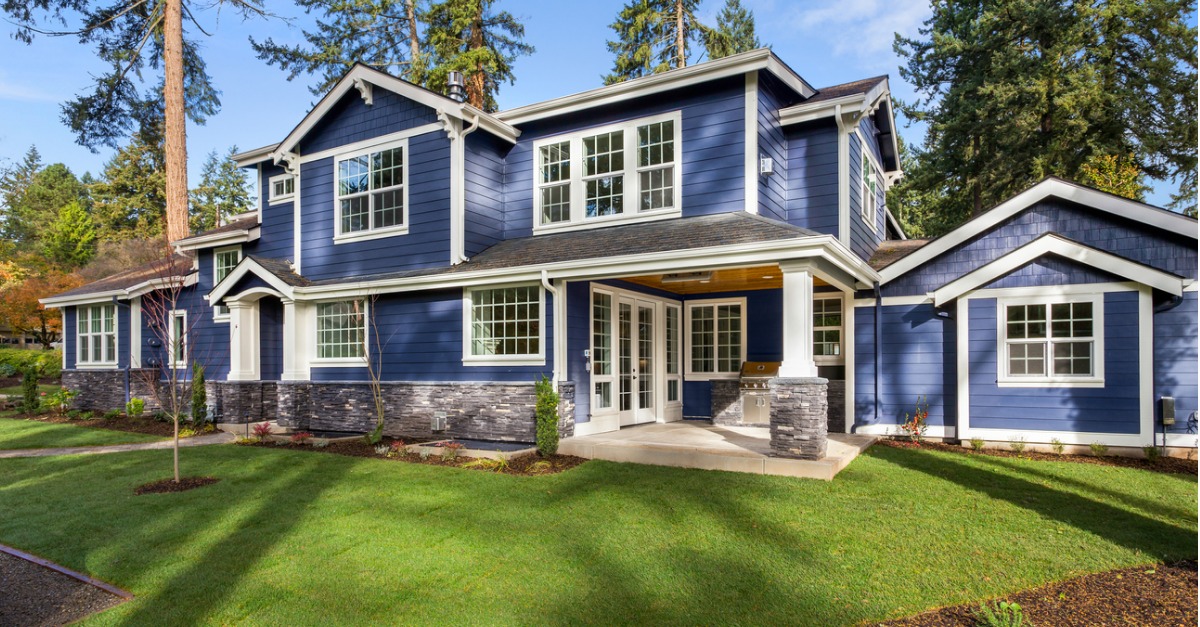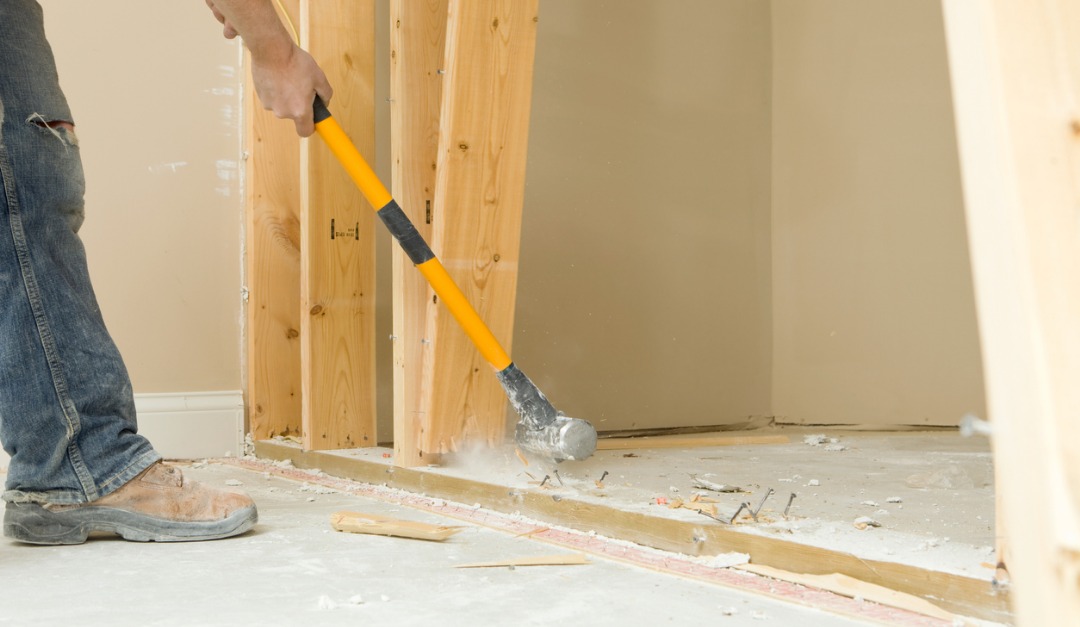While buying your first home can be nerve-racking, paying attention to the following items will go a long way toward putting your mind at ease as you make your way through the process.
Get your finances in check. Just because you have money in the bank doesn’t mean you will qualify for a mortgage. Meet with a financial advisor and get a handle on what you can truly afford. If you want to do the numbers yourself, make sure to create a comprehensive list of every possible expense—loans, student debt, monthly expenses, etc.—and don’t rely on your lender to figure out a total for you. Lenders look at your debt-to-income ratio and not necessarily your day-to-day spending habits.
Choose an agent. Buying a new home will likely be one of the biggest decisions of your life, therefore, it’s important to take your time when choosing an agent. Not only do you want someone who is willing to communicate on your terms, you want to be sure your agent knows the neighborhoods you’re interested in. Whether it’s the most experienced agent—or an eager up-and-comer—do your homework before choosing an agent to guide you through the process.
Get pre-qualified. Once you know how much home you can afford, be sure the bank agrees by getting pre-qualified for a loan. While the pre-qualification process is not a guarantee that the lender will offer you funding, it does take into consideration your credit score and income level in order to determine how much the lender might be willing to offer through a mortgage program. The next step is to get a prequalification letter so that when you find your dream home, you can offer proof that you can get the financing to buy it.
Shop for lenders. Mortgage rates are still low, but that doesn’t mean you should jump at the first one that comes along. Compare and contrast at least three to five lenders to find the one that best serves your interests. It’s also important to disclose that you’re a first-time buyer, as it could potentially make a difference in the types of programs a lender offers you.
Seek out first-time homebuyer programs. There are a slew of programs specifically designed to assist first-time homebuyers with benefits such as down-payment assistance and no closing costs. Others offer first-time buyers competitive interest rates that are designed to make borrowing easier. Be sure to understand the various resources that are out there to help you.
To learn more about buying your first home, contact me today.






